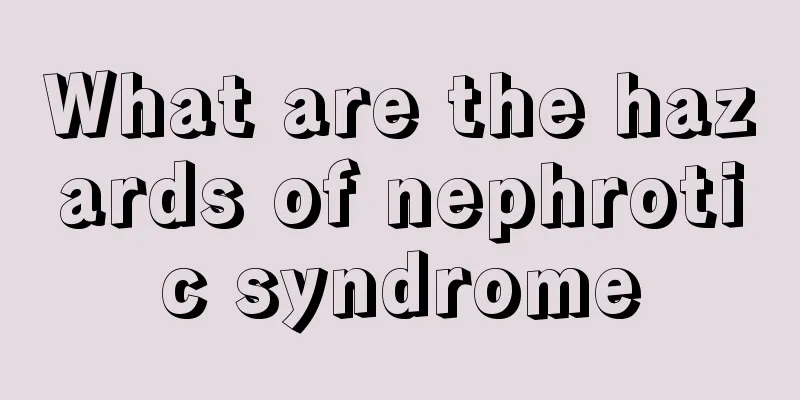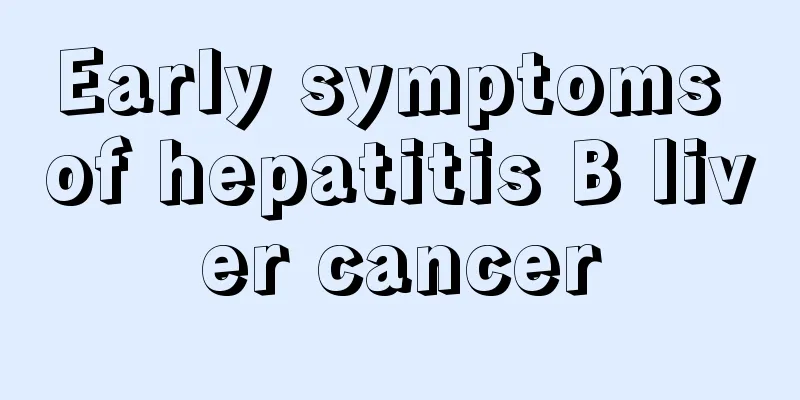What are the symptoms of Neisseria meningitidis?

|
For normal people, the human brain should be healthy and rarely get sick. However, due to many pathological factors, people's brains are infected and suffer from various inflammations. Many people often suffer from meningitis-causing bacteria, and the production of Neisseria can cause various lesions in people's bodies and even cause complications. The patient's IQ and thinking, and multiple body functions are affected. The most common manifestations are chest tightness, cough, and sore throat. Infants and young children will show shortness of breath, convulsions and lung infections. The symptoms of chest abscess are more obvious. In normal times, we must find the causative factors and choose appropriate methods to do a good job of prevention. In the diagnosis and treatment of the disease, we must first understand the symptoms and causes. Neisseria meningitidis Neisseria meningitidis is a member of the genus Neisseria. It is Gram-negative, reniform, about 0.6 to 0.8 μm in diameter, and mostly arranged in pairs. Its adjacent surfaces are flat, sometimes four connected, and freshly isolated strains have a polysaccharide capsule. Under an electron microscope, the outer membrane of this bacterium is about 8nm thick, and between the outer membrane and the cytoplasmic membrane is a mucopeptide layer or periplasm, with a gap thickness of about 6nm. The bacteria only exist in the human body and can be detected from the nasopharynx of carriers and from the blood, cerebrospinal fluid and skin petechiae of patients. In cerebrospinal fluid smears, the bacteria can be seen both inside and outside neutrophils. symptom Chills, chest pain, cough, sputum, sore throat, convulsions in infants and young children, irregular breathing, lung infection, interlobar fissures often arc downward, brain abscess examine Sputum bacterial smear examination Sputum bacterial culture Chest fluoroscopy CSF meningococcal antigen CSF potassium CSF glucose to serum glucose ratio CSF sodium CSF tuberculous meningitis antibodies CSF immunoglobulins CSF magnesium Biological characteristics Gram-negative cocci are 0.6 to 0.8 microns in diameter, arranged in double kidney shapes, do not form spores (cells), have no flagella, and most have capsules and pili. It has high nutritional requirements and requires a nutrient culture medium - blood agar (chocolate color) culture medium for cultivation. The initial isolation and culture requires a 5% to 10% carbon dioxide (C02) gas environment. Weak resistance to external factors. Specimen collection Collect specimens of the patient's cerebrospinal fluid, blood or skin hemorrhagic spot contents or nasopharyngeal swabs from carriers and send them for examination immediately at room temperature. Because this bacterium contains autolytic enzymes, it is easy to die after being separated from the body and at low temperatures. Isolation and identification of bacteria (1) Direct microscopic examination: Take the centrifuged sediment of the cerebrospinal fluid specimen or the exudate of the ecchymosis, make a smear, and then directly examine it under a microscopy after Gram staining. If Gram-negative diplococci are found inside or outside the cells, a preliminary diagnosis can be made (the positive rate is about 80%). (2) Isolation and identification of bacteria: Cerebrospinal fluid or blood specimens can be first enriched with bacteria or directly inoculated on blood agar (chocolate-colored) plates and cultured at 35-36°C in a 5%-10% CO2 environment for 24-44 hours. Suspicious colonies can be selected for smear, stain, and microscopic examination for preliminary diagnosis, and identification can be performed by biochemical reaction, agglutination test, or serological test. Pathogenic substances (1) Fimbriae: have the function of adsorbing susceptible cells. (2) Capsule: has anti-phagocytic effect. (3) Lipooligosaccharide (LOS): It is composed of lipid A and core oligosaccharides of the outer membrane component after bacterial lysis. It is similar to LPS and has endotoxin activity, which can cause fever and hypotensive shock. (4) IgAl protease: It has the function of destroying the secretory specific antibody IgAl (S IgAl) on the mucosa, allowing bacteria to adhere to the cell surface. Caused diseases Epidemic cerebrospinal meningitis, abbreviated as meningitis, has humans as the only host. Meningitis Neisseria meningitidis mainly causes epidemic cerebrospinal meningitis. As for Neisseria meningitidis pneumonia, many people believe that it is a rare suppurative migratory complication secondary to Neisseria meningitidis sepsis. In fact, after the first report in 1907, there have been many data showing that Neisseria meningitidis can be a pathogen of primary lower respiratory tract infection and cause primary Neisseria meningitidis pneumonia. 1. Biological characteristics 1. Morphology and staining Kidney beans, arranged in pairs, with concave sides facing each other G- (gram-negative) capsule and fimbriae of the newly isolated strain. 2. Culture characteristics It has high nutritional requirements (chocolate-colored culture medium "chocolate" agar) and specifically requires O2. It grows better in 5%-10% CO2. |
<<: What is retinal vein occlusion?
>>: Does liposuction surgery hurt?
Recommend
Symptoms of advanced liver cancer lung metastasis? Pay attention to these
What are the symptoms of lung metastasis in late-...
What is the cause of throat herpes
The throat is a very important part of the human ...
How long can pork be refrigerated?
With the development of the economy, large applia...
How much does it usually cost to cure breast cancer
How much does it usually cost to cure breast canc...
Gastric mucosal protective agent
Bad eating habits have caused many people to suff...
Is urea nitrogen the same as urea
Urea is actually a kind of fertilizer widely used...
How to shorten toes?
Some people have long big toes since childhood. S...
What causes breast cancer
The occurrence of breast cancer is related to man...
What's wrong with the pimple in the middle of the nose
I believe that no girl would want to have acne on...
What pillow is good for cervical spondylosis
When it comes to cervical spondylosis, I believe ...
How to quickly remove scale
Are you still worried about the scale in the kett...
Positive symptoms and signs of nasopharyngeal carcinoma
Positive symptoms and signs of nasopharyngeal car...
Can neurological tinnitus be cured?
Neurological tinnitus is a common phenomenon in l...
How long does it take to lose hair after chemotherapy
Cancer is a very scary type of disease. Once you ...
What foods can easily lead to liver cancer? Revealing the 8 blacklist foods for liver cancer
Research by the U.S. Food and Drug Administration...









